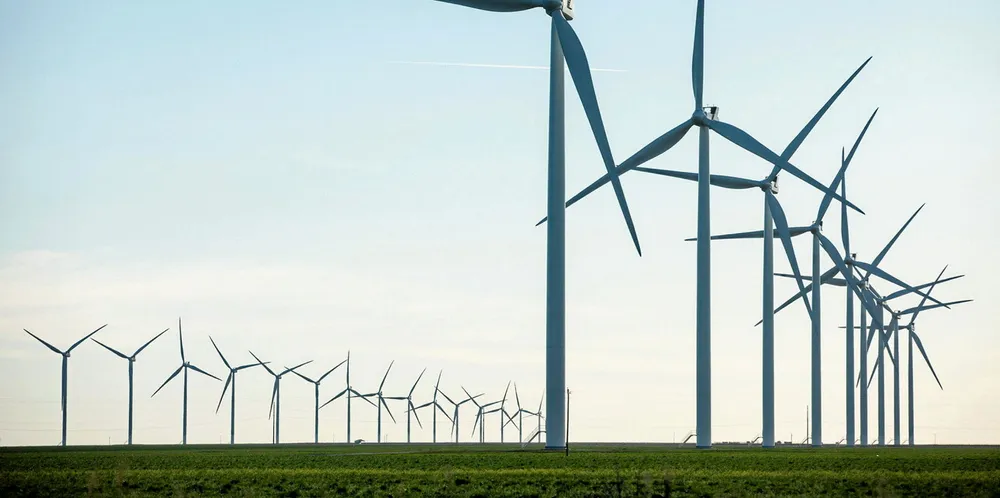Vestas invests $40m in Colorado factories as US onshore wind market poised for 2024 rebound
The OEM expects to hire between 800 and 1,000 local employees to support the manufacturing efforts at both its blade nacelle facilities

Vestas is investing $40m at its two Colorado factories to manufacture the V163-4.5MW wind turbine, the OEM’s newest for the US onshore market, which is forecast to resume modest growth in 2024.
Vestas expects to hire between 800 and 1,000 local employees to support the manufacturing efforts at both its blade facility in Windsor and nacelle factory in Brighton north of Denver.
Plans call for building expansions, new blade molds, and installation of new equipment for production of the V163-4.5MW turbine, which is designed for low-to-medium wind sites in the US market. It has a 163-metre rotor diameter, larger than any of Vestas’ turbines installed here.
The Windsor site will begin manufacturing blades for the V163-4.5MW turbine this year with the Brighton factory targeting 2024 production.
Vestas said the turbine will utilise an established supply chain and existing infrastructure, including transportation, installation, and operations, to support the rapid deployment of wind energy to meet the growing demand.
"Wind energy is a key economic driver for local communities, and we look forward to bringing new clean energy jobs and economic development to Colorado,” said Laura Beane, president of Vestas North America.
Added Governor Jared Polis, a Democrat: “Colorado is the best place to start and grow a business, and the clean energy sector is really taking off.”
Vestas describes the turbine as an “evolutionary optimisation step” based on its popular V150-4.2MW and V150-4.5MW models. The Danish giant’s 4MW platform is the US market segment leader ahead of number two Nordex.
Advancements in turbine technology allow individual turbines to capture more energy and be installed in new areas with lower wind speeds.
Rotor diameters have experienced the most significant increase in the last five years or so, resulting in lower cost of energy for wind. The increased energy production from larger rotors can offset the higher costs associated with manufacturing and installing larger turbine components.
Project developers face increasing difficulty securing sites with strong wind because of grid interconnection issues and congestion, or lack of transmission capacity to move the energy long distances to meet growing national demand.
Vestas is a strong number two in the US onshore wind turbine market behind pacesetter GE Renewable Energy whose focus this decade has been on the 2.5-3MW segment.
In May, GE announced a $50m investment to transition a gas turbine manufacturing plant in upstate New York to manufacture components for a 6.1MW onshore wind turbine with 158 metre rotor.
GE said a key factor in its investment decision was the 2022 Inflation Reduction Act (IRA), the nation’s landmark climate law signed by President Joe Biden last August.
The law created a manufacturers tax credit worth 30% of the amount invested in new or upgraded factories to build specific renewable energy components.
Another new element is the “advanced” manufacturers tax credit for each eligible component produced and sold to an unrelated party in the US.
Projects will be eligible for generous IRA federal investment or production tax credits if they meet certain new criteria.
(Copyright)